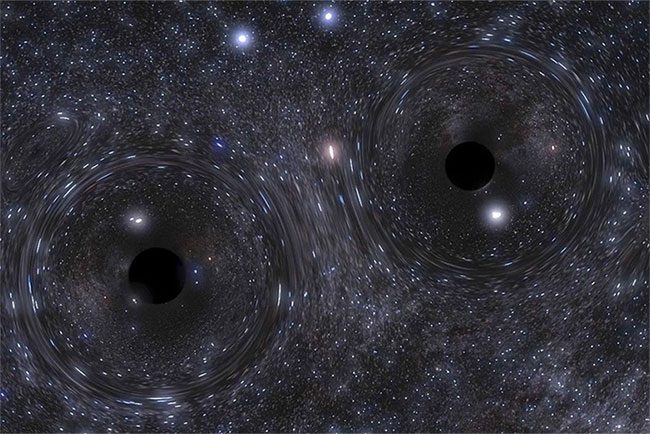According to researchers, even when classifying binary black holes, they still cannot pinpoint the specific origins that give rise to them, as reported by Science Alert.
In a recent study published in the journal Astronomy and Astrophysical Letters, a team of researchers at the Massachusetts Institute of Technology (MIT) examined 69 binary black holes to determine their origins. They found that the origins vary based on model stars.
“When you change to a more flexible model or propose different hypotheses, you will get a different answer about how black holes form in the universe,” said Sylvia Biscoveanu, a graduate student at MIT working in the LIGO Laboratory and co-author of the study.
Definition of Binary Black Holes
Similar to binary stars, binary black holes are two massive objects orbiting each other. Both have the potential to collide or merge together. However, binary black holes sometimes form from massive stars that are no longer active or are “dying.”
Nevertheless, the origin of binary black holes remains a mystery. To date, two hypotheses related to their formation are primarily discussed: “field binary evolution” and “dynamical assembly.”

Binary black holes forming at the center of a dense star cluster. (Image: Northwestern Visualization).
The field binary evolution process is when a pair of binary stars explode, creating two black holes that continue to orbit each other as before. Initially, they orbit each other as binary stars, and it is believed that their spins and inclinations are also aligned.
Scientists have also proposed that binary black holes may originate from a galactic disk.
On the other hand, dynamical assembly involves two individual black holes, each with its own inclination and spin, but combined through extreme astrophysical processes, forming a binary black hole system.
Currently, many theorize that this pairing may occur in a dense environment like a globular cluster, where thousands of stars in close proximity can push two black holes together.
Uncertainty About True Origins
In their study of 69 binary black holes, astronomers determined that these colossal objects could originate from both globular clusters and galactic disks. However, researchers have yet to uncover the rules of origin for each specific case.
The LIGO Laboratory (USA) has collaborated with its partner from Italy, Virgo, to determine the spin cycles of the 69 binary black holes examined previously.
One such model was configured to assume that only a portion of the binary black holes was created with aligned spin cycles, while the remainder had random spin cycles. Another model was configured to predict spin directions with moderate contrast.
Ultimately, they discovered that the origins consistently changed with the adjusted models. Therefore, to achieve consistent results, more data from the 69 binary black holes is needed.
According to Salvatore Vitale, an associate professor of physics and a member of the Kavli Institute for Astrophysical Studies, the spin cycle measurements are very inaccurate.
“But as we gather more data, we can obtain better information. Then we can assert a story that we can believe,” he said.


















































